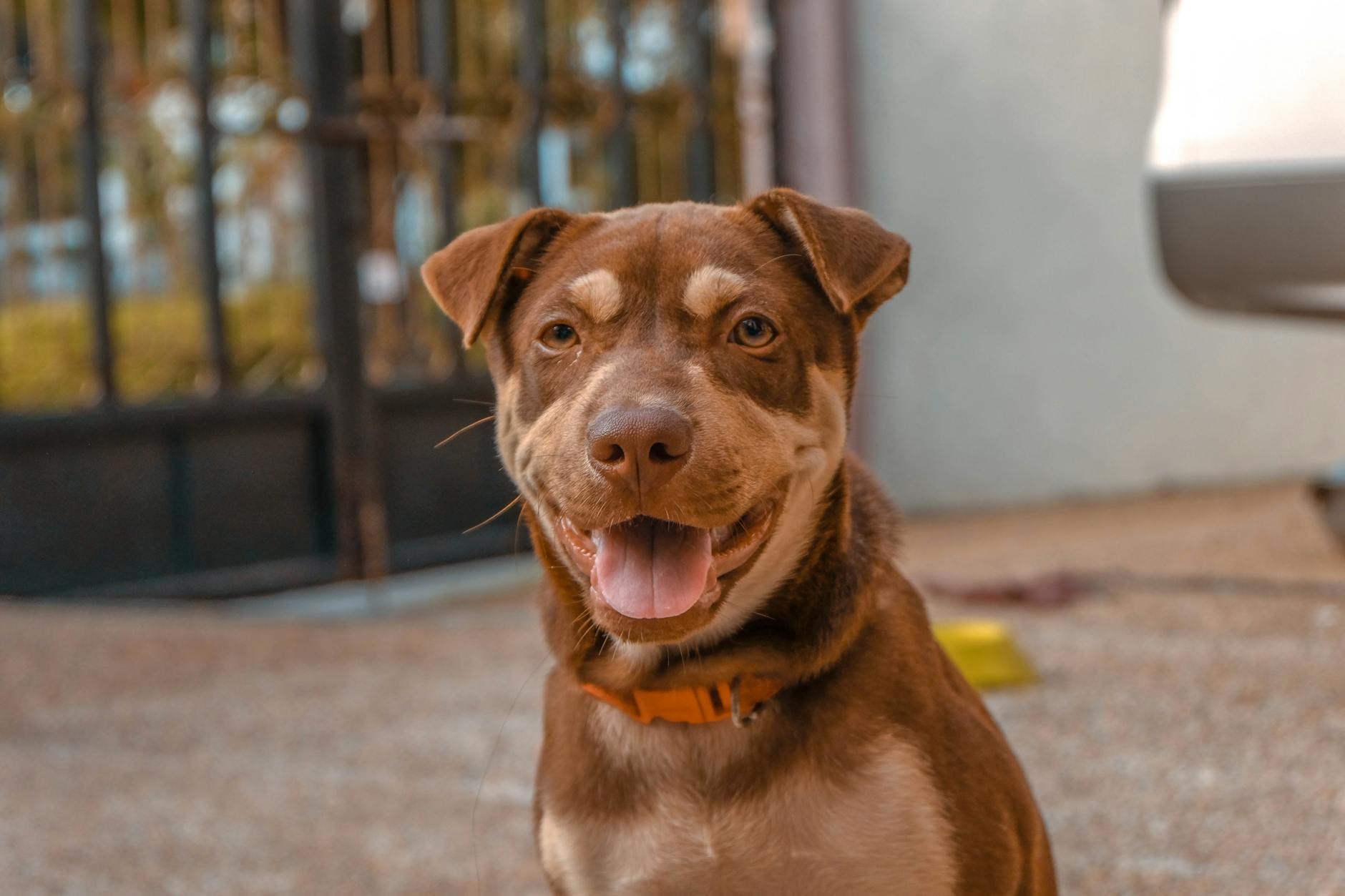Winning Ways: How to Train a Wild Pup!

Are you the proud owner of a wild, energetic puppy, but find yourself at your wit's end trying to get them to listen? Don't worry! You're not alone, and the good news is, with the right approach, you can transform that frenetic ball of fur into a well-behaved companion.
Training a wild pup requires patience, consistency, and a whole lot of love. It's a journey that can be incredibly rewarding for both of you. So, take a deep breath, grab some treats, and let's leap into the world of puppy training!
The Foundation of Training: Patience and Love
Before we dive into the nitty-gritty of training techniques, let's talk about the most important ingredients: patience and love. Training a puppy is much like raising a child; they need guidance, boundaries, and affection.
Your pup doesn't understand your words, but they can definitely sense your emotions and intentions. So approach every training session with a calm and positive demeanor; your puppy will learn to trust and respect you as their leader.
Positive Reinforcement: Rewards for Good Behavior
Positive reinforcement is the gold standard in dog training. It's all about rewarding your pup's good behavior with treats, praise, or playtime. This encourages them to continue that behavior in the search for more yummy treats or ear scratches!
-
Consistent Rewards: Each time your wild pup follows a command correctly, reward them immediately. This creates a strong association between the command and the positive outcome.
-
Variety of Rewards: Keep your pup guessing by mixing up the rewards. Sometimes give a treat; other times offer a favorite toy or a round of play. It makes training more exciting for your little furball.
Effective Techniques for Every Puppy Personality
Every pup has its own unique personality, but there are techniques that can help any young dog learn the ropes.
-
Clicker Training: A clicker can be a powerful tool for marking the exact moment your dog does something right, followed by a reward. This precise method helps your pup understand exactly which behavior is being rewarded.
-
Leash Training: Start leash training indoors. Walking around your home with a leash can help your puppy get used to the sensation before tackling the great outdoors.
-
Crate Training: Introduce your puppy to a crate as their safe haven. This aids in housebreaking and gives your pup a cozy place to retreat.
Starting Today: Your First Training Session
The best time to start training is now! Even simple commands like "sit" or "stay" can set a precedent for learning. Here's a quick beginner exercise for your first session:
-
Make sure you have your pup's attention and they are not distracted.
-
Hold a treat close to their nose and slowly lift it above their head. Naturally, their butt should touch the ground.
-
The moment their bottom hits the floor, say "sit," click your clicker (if you're using one), and give them the treat.
-
Repeat several times, and before you know it, your pup will associate the command with the action—and the reward!
The Journey Is the Reward
Training a wild pup isn't just about the end result; it's about the bond you build along the way. Every moment spent together during training strengthens your connection and deepens your mutual respect. So cherish these times, as they are fleeting and will become precious memories of your early days together.
Remember, the wilder the pup, the more love and guidance they need. With your dedication and these winning ways, you'll soon find yourself the proud parent of a well-mannered, lovable best friend. So take that first step today and watch the incredible transformation unfold. Happy training!